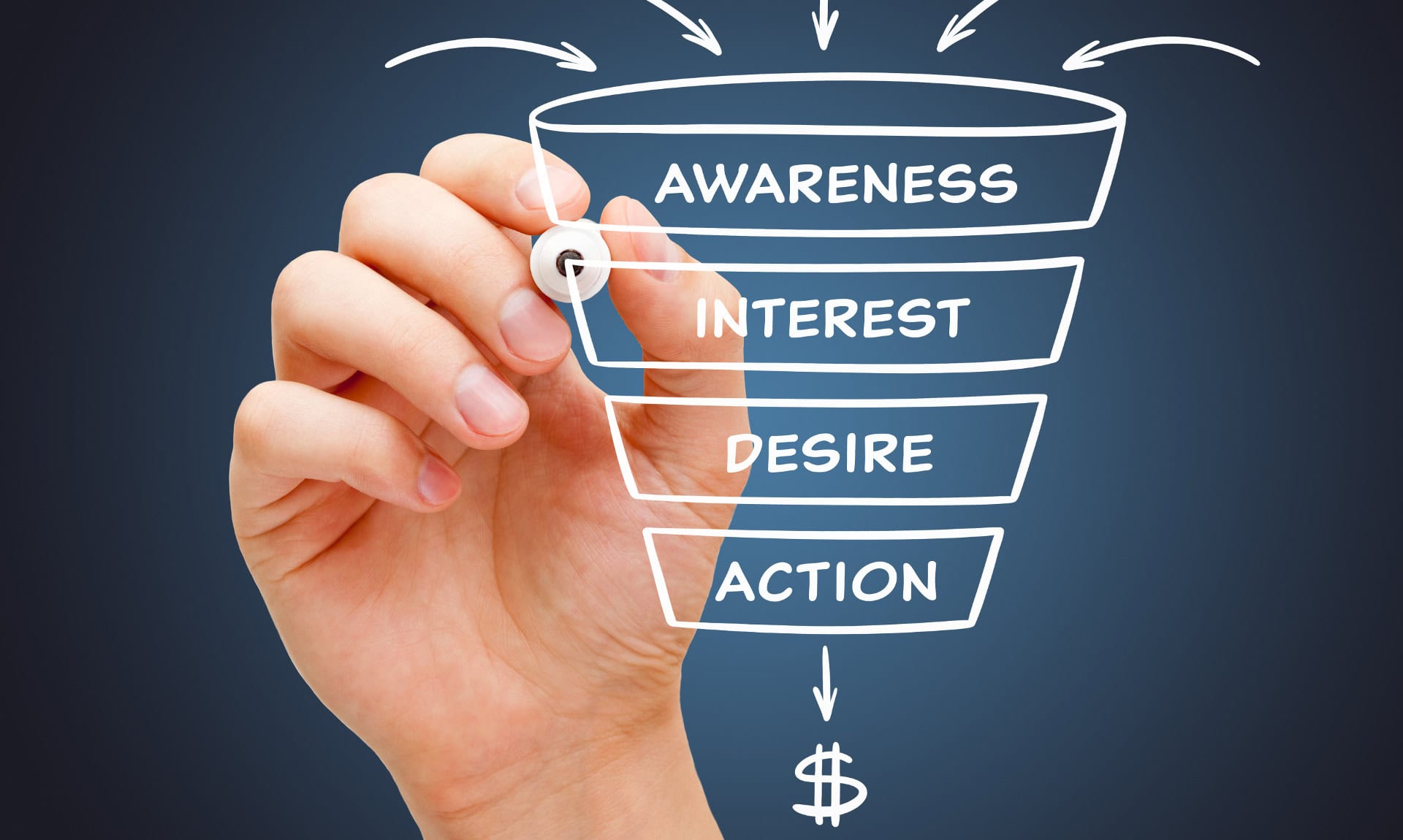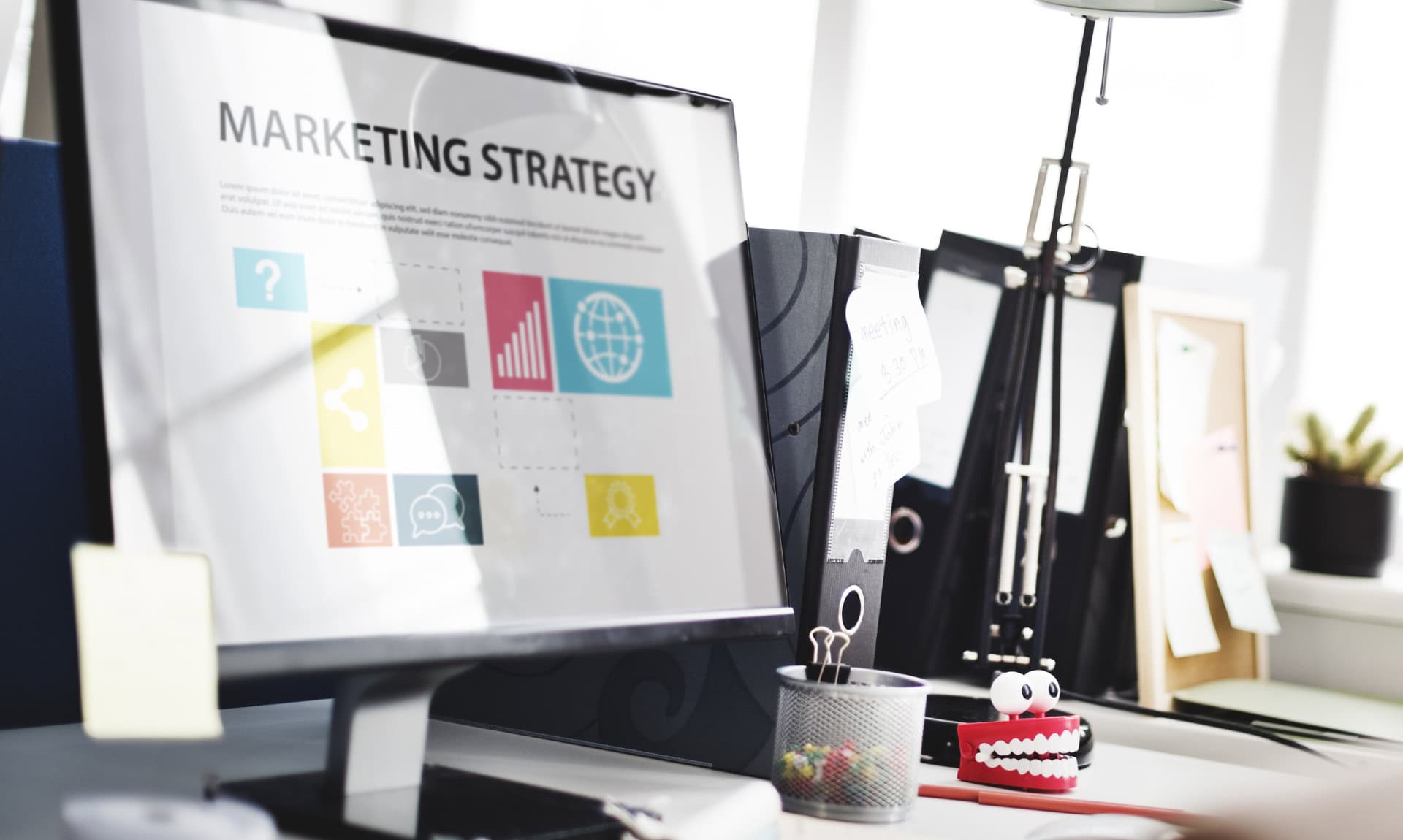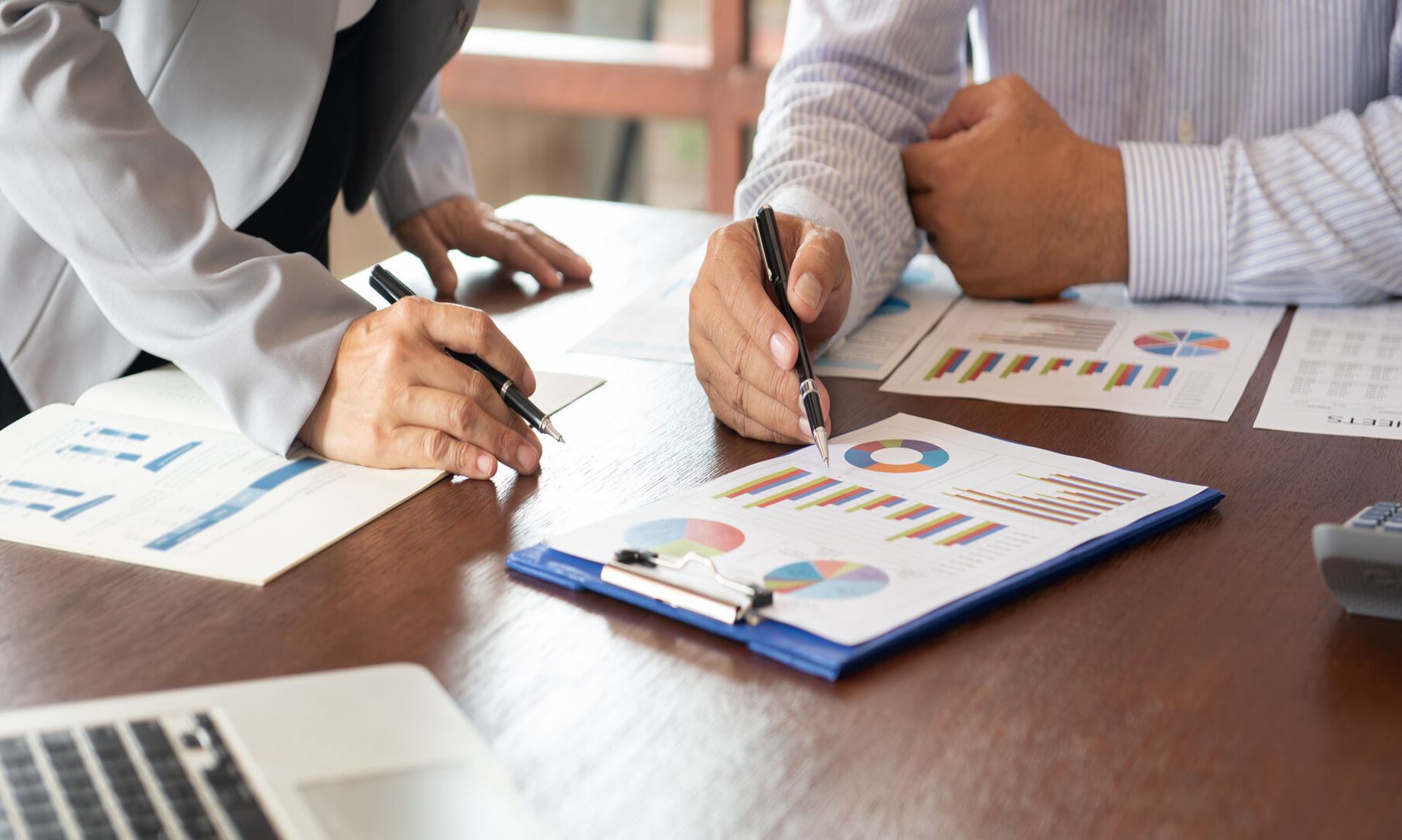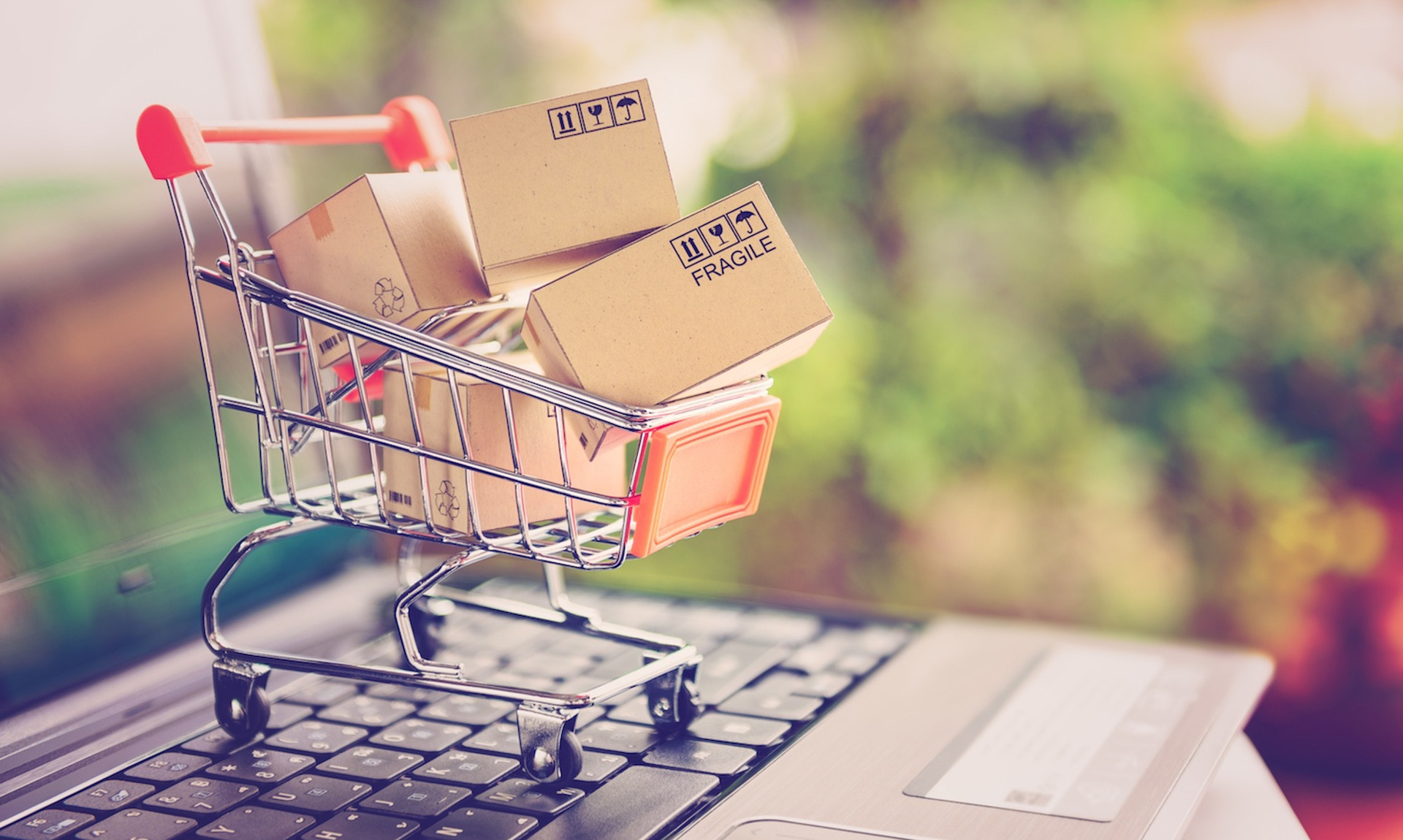
5 Sales Funnel Stages Explained (+Tips for Each Step)
Understanding the sales funnel stages is crucial for optimizing your sales process and increasing conversions.
This guide breaks down the stages of a sales funnel and provides practical tips and funnel metrics to measure for each step. By mastering these funnel stages, you’ll be equipped to guide prospects smoothly from awareness to purchase.
What Is a Sales Funnel?
A sales funnel, also known as a conversion funnel, visually represents the complete customer journey from initial brand awareness to the final purchase.
It outlines the steps a prospect takes as they move through the buying process. Each stage of the funnel is designed to nurture leads and convert them into paying customers.
- Learn more about the benefits of a sales funnel.
Sales Funnel vs. Marketing Funnel
A marketing funnel focuses on attracting and engaging potential customers through various marketing activities without a specific focus on sales.
In contrast, when building a sales funnel, you’ll need to zero in on converting those engaged prospects into actual buyers through a structured sales process.
- Learn More: Marketing Funnel vs. Sales Funnel
Now, let’s discuss the stages of a sales funnel in detail.
Stage 1: Awareness
The awareness stage (top of the funnel) is the first point of contact where potential customers become aware of your brand or product.
This stage focuses on capturing attention and introducing your offerings to a broad audience. The goal is to attract prospects who have a problem or need that your product or service can solve.
Strategies for the Awareness Stage
To effectively capture attention and build awareness, consider these five strategies:
- Content Marketing: Create high-quality, informative content such as blog posts, videos, and infographics that address common problems and offer solutions.
- Social Media Advertising: Utilize targeted ads on platforms like Facebook, Instagram, and LinkedIn to reach a specific audience.
- Search Engine Optimization (SEO): Optimize your website and content for search engines to increase organic traffic.
- Public Relations: Leverage press releases and media coverage to gain exposure and credibility.
- Influencer Partnerships: Collaborate with influencers in your industry to reach their followers and build trust.
Metrics for the Awareness Stage
- Website Traffic: Measure the number of visitors coming to your site to gauge the reach of your awareness efforts.
- Social Media Engagement: Track likes, shares, comments, and follows to assess how well your social media content is resonating.
- Brand Mentions: Monitor the frequency of your brand being mentioned online to understand your visibility and awareness levels.
- Impressions: Count how many times your content or ads are displayed to users, indicating potential reach.
- Bounce Rate: Measure the percentage of visitors who leave your site after viewing only one page, indicating the effectiveness of your landing pages.
Stage 2: Interest and Evaluation
The interest and evaluation stage (middle of the funnel) is where prospects who have shown initial interest start to seek more information about your product or service.
At this stage, they compare your offerings with competitors and evaluate how well they meet their needs. The goal is to engage these prospects by providing detailed information and answering their questions to move them closer to making a decision.
Strategies for the Interest Stage
To effectively engage and inform prospects during this stage, consider these five strategies:
- Email Nurturing Campaigns: Send targeted emails with valuable content, product information, and testimonials to nurture leads.
- Webinars and Live Demos: Host interactive webinars or live demos to showcase your product’s features and benefits.
- Case Studies: Provide detailed case studies that highlight how your product has successfully solved problems for other customers.
- Comparison Guides: Create comprehensive comparison guides that clearly outline how your product stacks up against competitors.
- Retargeting Ads: Use retargeting ads to remind prospects of your product as they continue their research and evaluation.
Metrics for the Interest Stage
- Click-Through Rate (CTR): Evaluate the effectiveness of your content and ads in driving prospects to learn more.
- Time on Site: Measure how long visitors stay on your website to determine their level of interest and engagement.
- Lead Magnet Downloads: Track the number of downloads of e-books, whitepapers, or other resources offered to measure engagement.
- Page Views per Session: Assess how many pages a visitor views during a single session to gauge interest levels.
- Form Submission Rate: Track how often visitors fill out forms to request more information, sign up for newsletters, or download resources.
Stage 3: Desire
In the desire stage, prospects have moved beyond mere interest and are now seriously considering your product or service as a solution to their problem.
This stage focuses on building a strong emotional connection and demonstrating the unique value and benefits of your offering. The goal is to inspire a genuine desire for your product, making it the preferred choice among alternatives.
Strategies for the Desire Stage
To create and enhance desire for your product, consider these five strategies:
- Personalized Offers: Provide personalized promotions or discounts based on the prospect’s behavior and interests.
- Customer Testimonials and Reviews: Showcase positive testimonials and reviews from satisfied customers to build trust and credibility.
- Interactive Content: Use interactive content such as quizzes, assessments, and product configurators to engage prospects and highlight benefits.
- Free Trials or Samples: Offer free trials or samples to allow prospects to experience the product firsthand.
- Detailed Product Videos: Create in-depth product videos that demonstrate features, benefits, and real-world applications.
Metrics for the Desire Stage
- Conversion Rate: Assess the percentage of prospects who move from interest to desire by signing up for trials or requesting demos.
- Email Open Rate: Monitor how many recipients open your emails, indicating interest in your personalized offers or content.
- Content Engagement: Measure interactions with interactive content like quizzes and configurators to gauge interest levels.
- Demo or Trial Sign-Ups: Track the number of prospects who sign up for product demos or trials.
- Social Proof Engagement: Measure interactions with customer testimonials, reviews, and case studies.
Stage 4: Action
The action stage (bottom of the funnel) is where the prospect is ready to make a purchase decision.
This is the critical point where all previous efforts culminate in converting the prospect into a paying customer. The goal is to make the purchasing process as seamless and compelling as possible, removing any remaining obstacles to finalizing the sale.
Strategies for the Action Stage
To facilitate a smooth transition from consideration to purchase, consider these five strategies:
- Clear Call-to-Actions (CTAs): Use strong and clear CTAs on your website and marketing materials to guide prospects toward making a purchase.
- Limited-Time Offers: Create a sense of urgency with limited-time discounts or special deals to encourage immediate action.
- Simplified Checkout Process: Ensure your checkout process is user-friendly, fast, and secure to reduce cart abandonment.
- Money-Back Guarantee: Offer a money-back guarantee to reduce risk and reassure prospects of their purchase decision.
- Live Chat Support: Provide live chat support to answer any last-minute questions or concerns in real-time.
Metrics for the Action Stage
- Sales Conversion Rate: Track the percentage of prospects who complete a purchase to measure the effectiveness of your sales process.
- Cart Abandonment Rate: Measure how often customers leave items in their cart without completing the purchase to identify potential barriers.
- Average Order Value (AOV): Assess the average amount spent per order to understand purchasing behavior and opportunities for upselling.
- Checkout Completion Rate: Track the percentage of visitors who start and complete the checkout process.
- Payment Method Usage: Measure the popularity of different payment methods to optimize the checkout experience.
Stage 5: Loyalty and Re-Engagement
The loyalty and re-engagement stage focuses on nurturing and maintaining relationships with customers who have already made a purchase.
This stage aims to transform one-time buyers into repeat customers and brand advocates. The goal is to enhance customer satisfaction, encourage repeat business, and re-engage inactive customers through continuous value and engagement.
Strategies for the Loyalty Stage
To build and maintain customer loyalty, consider these five strategies:
- Loyalty Programs: Implement loyalty programs that reward repeat purchases with points, discounts, or exclusive offers.
- Personalized Follow-Ups: Send personalized follow-up emails to thank customers for their purchases and suggest related products.
- Customer Feedback: Regularly collect and act on customer feedback to improve your products and services.
- Exclusive Content: Provide exclusive content, such as early access to new products or insider tips, to keep customers engaged and feeling valued.
- Re-Engagement Campaigns: Use targeted re-engagement campaigns to win back inactive customers with special offers or personalized messages.
Metrics for the Loyalty Stage
- Customer Retention Rate: Measure the percentage of customers who make repeat purchases to assess loyalty.
- Net Promoter Score (NPS): Gauge customer satisfaction and likelihood to recommend your brand to others.
- Repeat Purchase Rate: Track how often customers return to buy again, indicating successful re-engagement efforts.
- Customer Lifetime Value (CLV): Calculate the total value a customer brings to your business over their entire relationship.
- Referral Rate: Measure how often existing customers refer new customers to your business, indicating strong loyalty and satisfaction.
Learn More: Upper Funnel vs. Lower Funnel Marketing
Sales Funnel Stages: Final Thoughts
Mastering the stages of the sales funnel is essential for guiding prospects smoothly from awareness to purchase and beyond. By understanding and implementing funnel optimization at each stage—awareness, interest and evaluation, desire, action, and loyalty and re-engagement—you can enhance your ability to attract, engage, and retain customers effectively.
News Via Inbox
Get our monthly report on all the latest and greatest trends in digital marketing.



